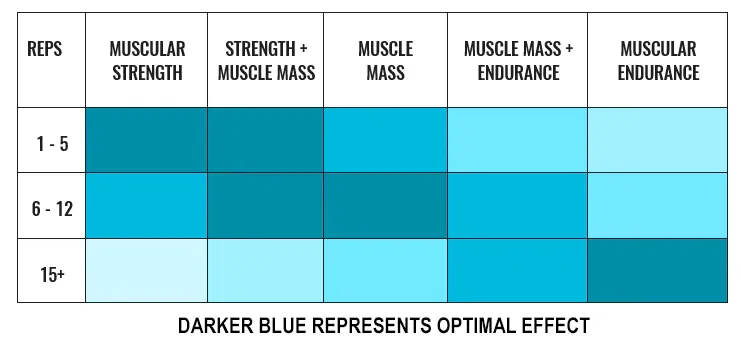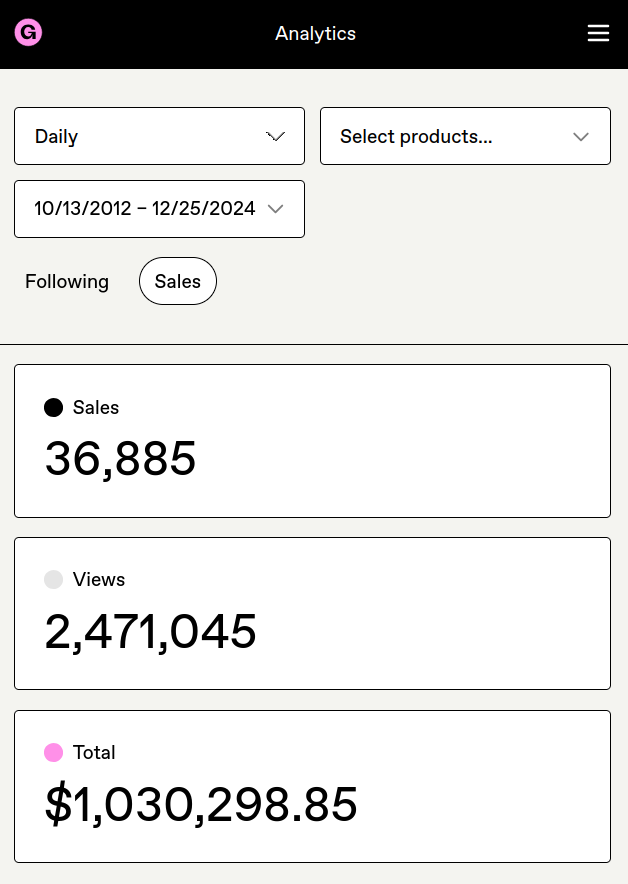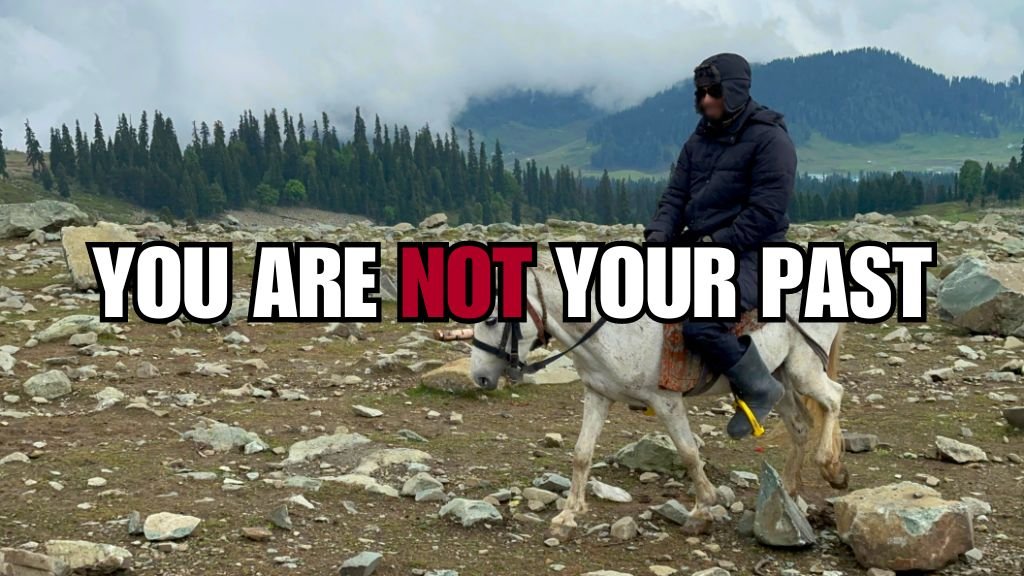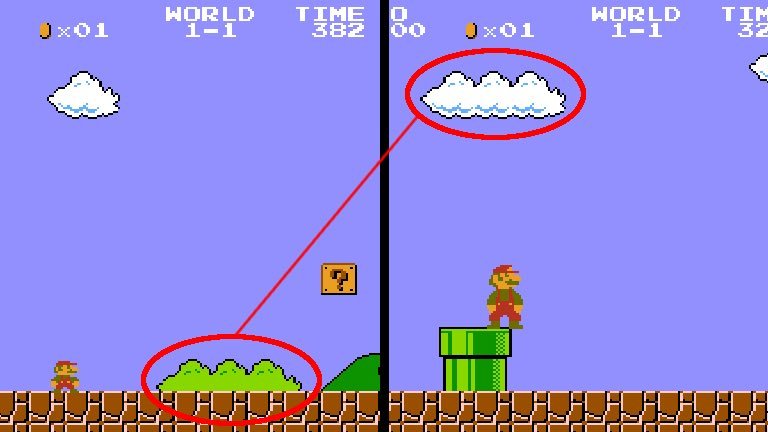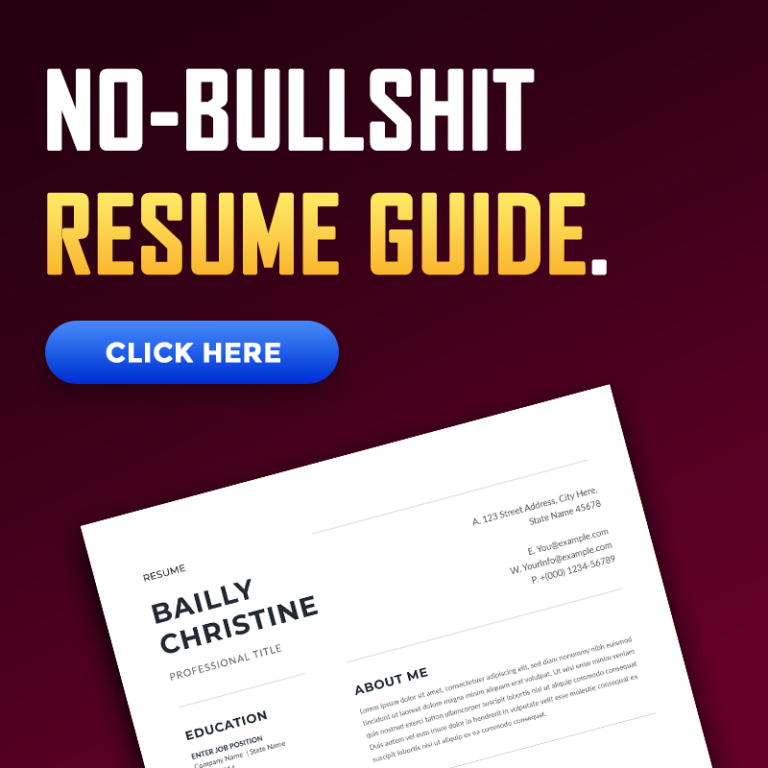If you’re looking for a job, make sure you make the best resume you can because getting past the ATS and HR is often the difference between getting a job that pays $40k and a job that pays $75k a year.
“Done-For-You” Recruiting is a service that my consulting firm provides and I have a lot of experience with hiring and looking at resumes.
I was reviewing some resumes for a position and it struck me how so many people make the same kind of mistakes that get their resume auto-rejected without even reaching a human.
Here are the 3 most common mistakes that get your resume auto-rejected before even reaching a human:
Most Common Resume Mistakes That Get You Auto-Rejected
1) Not using an ATS parseable format
For every open position, tons of applications are received. Sometimes in the thousands (especially if the resume can be submitted online).
Most companies use some kind of an ATS (application tracking system) to manage all the applications they get. These software use OCR (optical character recognition) to categorize you and filter you.
AI is also used nowadays so you can do things like “show me candidates with 5 years of experience with Python”.
Essentially it’s important that your resume gets parsed properly in the ATS. This means you should avoid multiple columns and tables where they are unnecessary.
A single column, recent to oldest format is best for ATS.
This is because your resume is converted into plain text format by the ATS and multiple columns and tables get turned into a mess in this process.
Sometimes the ATS will import it but will omit the tables in it (which will usually contain valuable keywords) i.e. your resume never gets picked up by the keyword search. In simpler terms, you don’t get the job because your resume doesn’t even get found.
Use a simple single column format that every ATS can easily parse.
2) Not having the right keywords
For any position that is open, hundreds and sometimes thousands of resumes are received and most of these resumes are irrelevant.
Sometimes the guy applying has no experience in the field. Sometimes they don’t have the right degree/qualification (e.g. law position but the guy isn’t a lawyer). Sometimes the guy doesn’t even live in the right state but applied anyway.
We try to save our time by using ATS to detect certain phrases in your resume.
The phrases are things like:
- The name of the city we want to recruit in (e.g. “Mumbai”, “Dubai”, etc.)
- Terms/skills relevant to the job (e.g. for a web development position – “Python”, “React”, “web development”, “HTML”, etc.)
- Certifications (e.g. “PADI”, “AWS Architect”, “OSHA”, etc. – depends on the job)
- Education (names of top colleges, certifying authority, etc.)
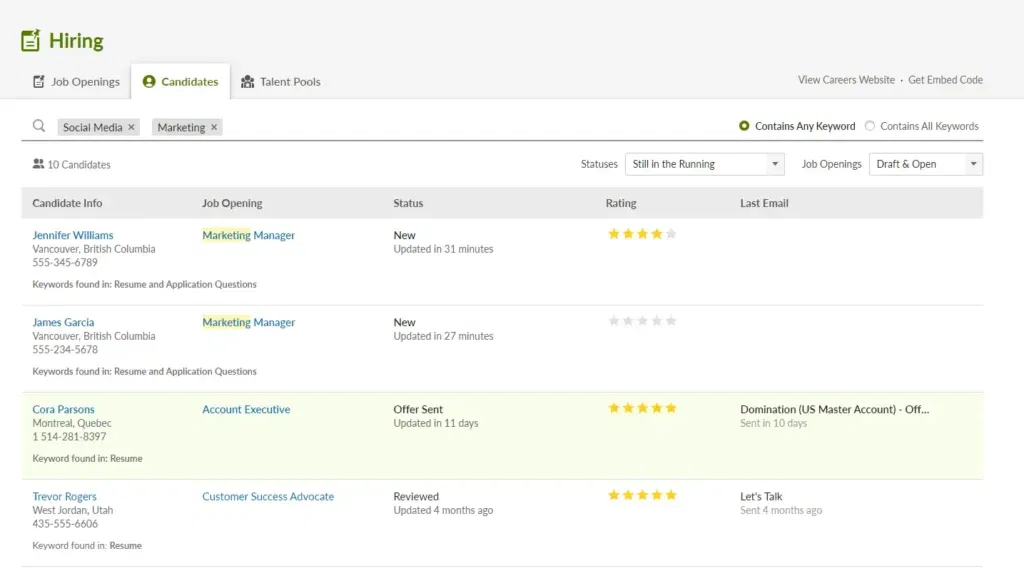
If your resume does not contain these terms, I will not even see it. There are so many resumes received that we can only look at the ones that seem relevant.
If you do not have the right keywords in your resume, you will get auto-filtered out.
You must figure out what the relevant keywords are for the position you are applying to (the job description is a good starting place – use ChatGPT to help you generate a list). Find a way to put them all in your resume.
3) Using the same resume everywhere
Your resume first ends up in the hands of recruiters and HR staff, not technical people. They don’t know anything about the technical specifications of the job.
Let’s say the position that is open is that of an AI engineer. The HR/recruiter gets a list of requirements that are something like this:
- Must have a degree in computer science or software engineering
- Must have 5 years of experience in Python
- Having an AWS certification or being familiar with AWS is a plus
- Previous experience with the AI/ML industry is a plus
Recruiters don’t know what any of the jargon means. All they will do is look into your resume and see if you meet the criteria.
If you just submit a general resume of your general experience as a software developer and half the time talk about stuff unrelated to AI… you will be rejected by the recruiter.
You must tailor your resume to the job description. Remember the 85% resume content rule:
At least 85% of your resume should be relevant to the job you’re applying for.
For example, if you’re a developer applying for a front end position, don’t waste a lot of space talking about all the back end python projects you’ve done. Talk about your skills with React, HTML, CSS, JavaScript, etc. Link projects that are front end relevant.
If you’re an accountant applying in the tax department, talk about your tax related experience, skills, and responsibilities. Don’t waste half your resume talking about your statutory audit experience. (And vice versa)
You gotta have multiple resumes that are tailored to specific fields and job roles. Having just one master resume that you send everywhere is NOT SMART.
It will make the recruiter think your experience is not relevant to the job and will reject you for a more aligned candidate.
To summarize:
- Use an ATS friendly template.
- Make sure you put all the keywords relevant to the position in your resume.
- Make multiple resumes and tailor them to the job role you are applying to.
That’s all for today.
See you in the next piece.
– Harsh Strongman


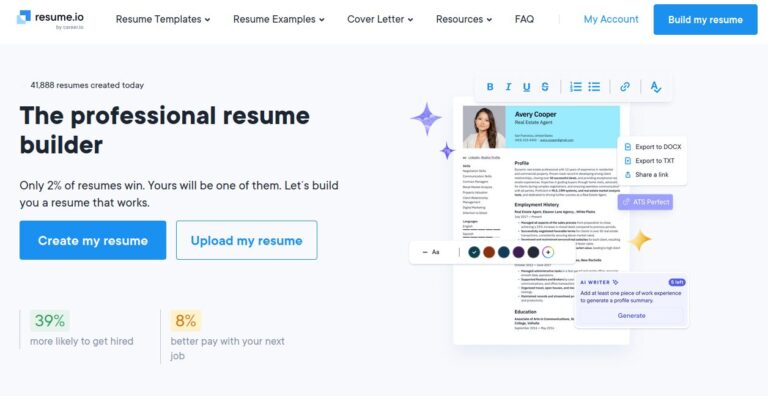
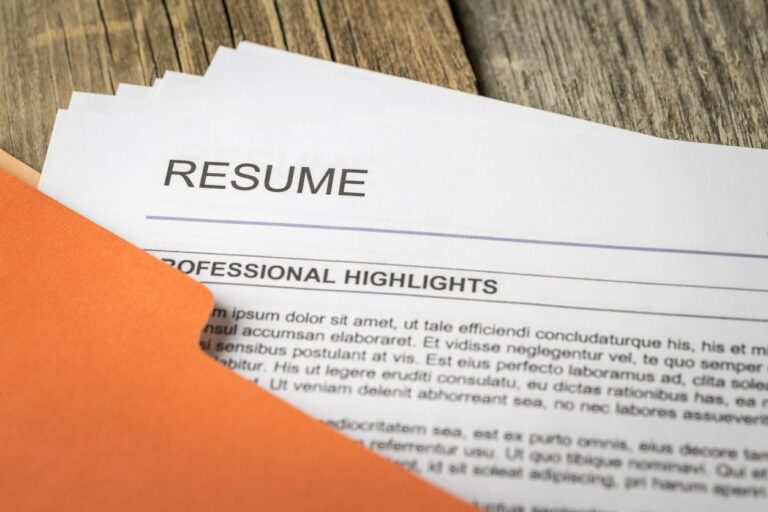
![Traits Women Find Attractive Traits Women Find Attractive (And How to Score Yourself) [PART 1: Physical Aspects]](https://lifemathmoney.b-cdn.net/wp-content/uploads/2025/11/Traits-Women-Find-Attractive-1.jpg)












